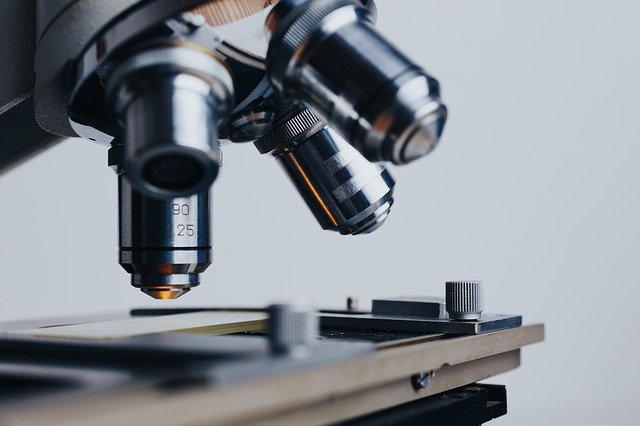Contagious itching may have evolved as a survival mechanism, such as by alerting other animals in the group that a parasite could be circulating
Watching someone itch can trigger the same impulse in others
Pixel-shot / Alamy
Does watching someone else relieve a nagging itch spark the same impulse in you? A study in mice suggests contagious itching may have evolved as a reflex to protect animals from threats.
In 2017, Zhou-Feng Chen at Washington University in Missouri and his colleagues found the suprachiasmatic nucleus (SCN) in a mouse’s brain lights up when it watches other rodents scratch themselves. This coincides with the release of a chemical messenger called gastrin-releasing peptide (GRP), first associated with itching in 2007.
Now, Chen and his colleagues have identified the SCN as a midway point between light-capturing cells in the eyes’ retina and a structure at the centre of the brain called the paraventricular nucleus of the thalamus (PVT).
Advertisement
To better understand how the SCN receives contagious itch signals, the team referred to its past research, which suggested that retinal ganglion cells, a type of light-capturing neuron, were involved.
In the latest study, the researchers injected a virus into a group of mice’s SCNs. This virus had been genetically modified to infect target neurons in the SCN and other neurons that closely connect with those in the SCN. This revealed that most of the SCN neurons’ connections were with retinal ganglion cells.
Next, these neurons were inhibited via genetic modification and by injecting chemical compounds into the eyes of 10 mice.
Chen and his colleagues then observed the itching behaviour of these mice after the rodents were exposed to half an hour of footage of other mice rigorously scratching themselves.
They found that inhibiting these retinal ganglion cells stopped the mice from scratching themselves.
The researchers also discovered that this contagious itch signaling didn’t appear to pass through the usual visual pathway seen in primates and rodents, which involves the visual cortex.
Light normally activates these neurons, but when light was directed through the mice’s brains to the spot where their ganglion cells meet the visual cortex, there was no itching.
When light shone where the cells interface with the SCN, contagious itching resumed.
Read more: Smart sensor measures how itchy you are by how much you scratch
During the same experiment, the researchers looked for any other GRP-sensitive neurons, finding an abundance in the mice’s PVTs, the same brain region that interprets incoming stimuli and translates them into behavioral responses.
When these neurons were inhibited, the mice’s contagious itching behaviour also stopped.
Additionally, Chen and his colleagues identified a chemical called pituitary adenylate cyclase-activating peptide, which the light-sensitive ganglion cells release to the SCN, seemingly triggering contagious itching.
“We’ve uncovered a visual pathway which is subcortical, which is mediated by unconscious behaviour,” says Chen. Unlike most visual stimuli that are first processed by the brain’s visual cortex, this pathway appears to be a reflex, he says.
It may have evolved as a survival mechanism that enables animals to quickly react to incoming threats by observing the behaviour of others, says Chen. For example, scratching could indicate the presence of a parasite.
But whether this pathway explains contagious itching in humans has yet to be seen, says Gil Yosipovitch at the University of Miami Miller School of Medicine in Florida.
Human brain circuitry seems to be far more complex than that of mice, says Yosipovitch. The interpretation of visual stimuli in humans also typically relies on a pathway that involves the visual cortex, he says.
If this contagious itching pathway doesn’t apply to humans, Chen says the results could help us understand other types of contagious behaviour, such as our emotional responses.
“Emotion contagion is very interesting because it relates to evolution and the origin of empathy, [which] is so fundamental to human society,” he says.
Journal reference: Cell Reports, DOI: 10.1016/j.celrep.2022.111444
More on these topics:

